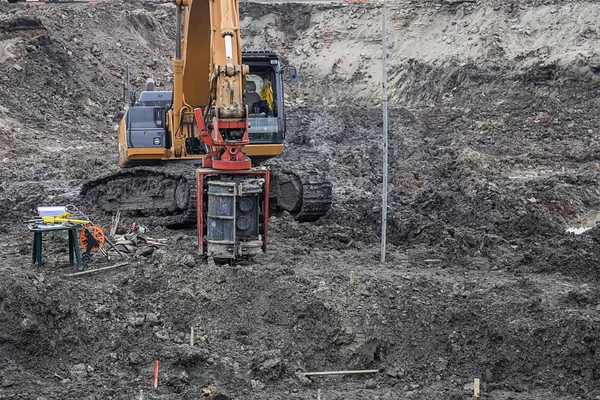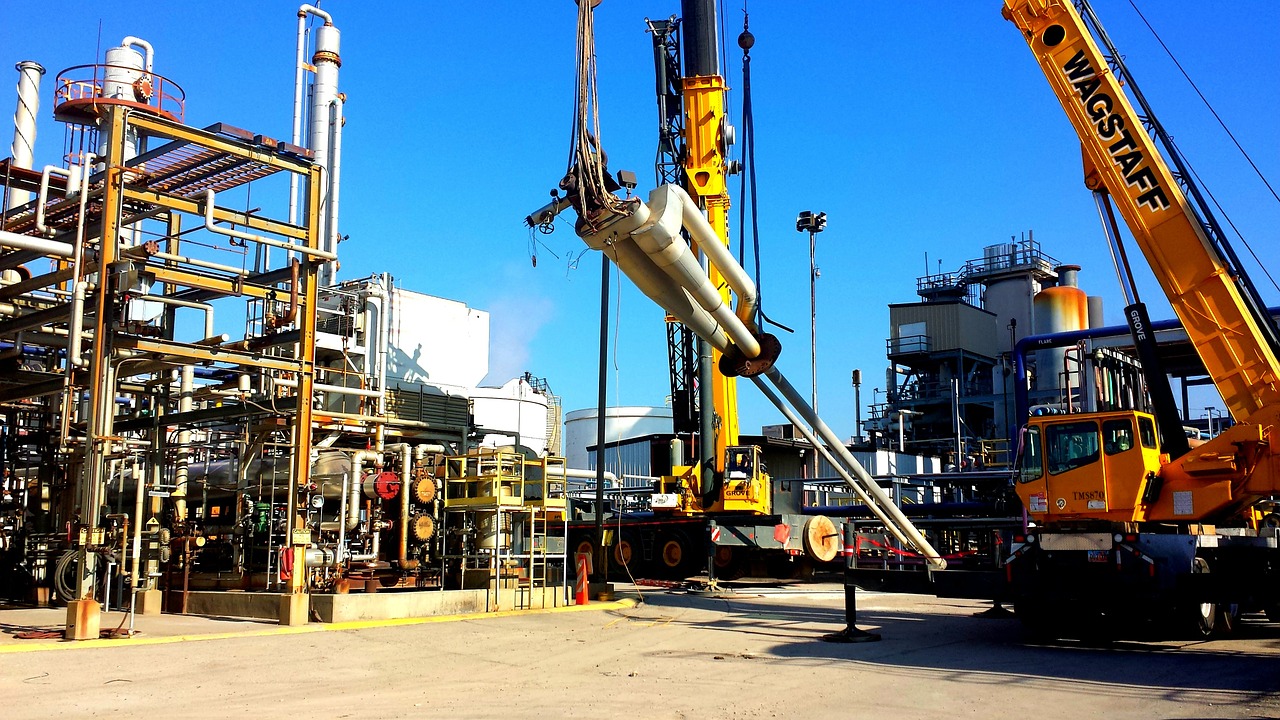A Thorough Take A Look At the Range of Practice for Geotechnical Engineers and Their Effect On Task Usefulness and Danger Reduction
The range of method for geotechnical designers encompasses a variety of essential obligations that straight influence job usefulness and danger administration. What particular approaches do geotechnical designers utilize to browse these complexities properly?
Roles and Obligations of Geotechnical Designers
Geotechnical engineers play a critical duty in the foundation of building and construction projects, making sure that frameworks are developed on solid ground. Their responsibilities encompass a series of activities important for examining dirt and rock residential or commercial properties, which directly influence project feasibility and safety. Geotechnical engineers conduct site investigations to collect crucial data relating to subsurface problems. This consists of exploration boreholes, tasting dirt and rock, and carrying out in-situ examinations to establish material qualities.

Cooperation is also an essential aspect of their duty; they function very closely with civil engineers, designers, and environmental experts to make certain that geotechnical considerations are integrated into general project preparation. Ultimately, the competence of geotechnical engineers is indispensable in promoting the safety and security, sustainability, and viability of building endeavors.
Trick Locations of Geotechnical Analysis
Dirt examples and geological studies are foundational components in the vital areas of geotechnical evaluation. These activities provide important information relating to the chemical and physical properties of the subsurface products, making it possible for designers to analyze website problems precisely. The analysis normally includes dirt category, compaction, shear strength, and leaks in the structure, all of which are necessary for comprehending the behavior of dirts under various loading problems.
One more significant location of focus is slope security analysis, which evaluates the threat of landslides or soil erosion. This includes evaluating the geometry of inclines, dirt kinds, and groundwater conditions. Website characterization is additionally essential, as it involves a complete examination of the website's background, consisting of previous building, contamination, and all-natural hazards.
Furthermore, groundwater evaluation plays a crucial role in geotechnical evaluation, affecting both the design and construction phases. Recognizing the groundwater table, flow instructions, and prospective variations is vital for reliable structure style and stormwater administration.
Together, these vital areas of geotechnical analysis create a thorough framework that educates decision-making procedures, ensuring sustainable and secure engineering practices while reducing possible dangers related to subsurface conditions.
Effect On Project Expediency
The usefulness of a construction job hinges significantly on the understandings obtained from geotechnical investigations. These investigations supply vital data relating to dirt properties, groundwater conditions, and subsurface attributes, which are crucial for establishing the suitability of a site for building. By examining factors such as soil bearing capability, settlement capacity, and slope security, geotechnical engineers play a crucial duty in reviewing whether a job can proceed as prepared or if modifications are essential.
Furthermore, the results of geotechnical researches straight affect project layout and building methods. Accurate geotechnical data allows for informed decision-making, ensuring that structural designs accommodate site-specific problems and abide by regulatory requirements. This procedure helps in optimizing source allowance, thus minimizing unanticipated hold-ups and price overruns.
Additionally, a comprehensive geotechnical evaluation improves the total feasibility of a job by recognizing possible challenges early in the preparation phase. By attending to these challenges proactively, stakeholders can enhance the job's likelihood of success, ensuring that it fulfills both useful and financial objectives. In summary, the payments of geotechnical designers are integral to developing job expediency, therefore laying the groundwork for effective project execution.
Risk Reduction Techniques
While building and construction tasks naturally include numerous unpredictabilities, carrying out efficient threat reduction strategies can dramatically reduce potential problems occurring from geotechnical factors. Geotechnical additional resources designers play a critical duty in recognizing, assessing, and addressing threats connected with subsurface problems, making certain that tasks continue smoothly and stay within spending plan.
One primary strategy includes thorough site examinations, which consist of dirt sampling, in-situ screening, and laboratory analysis. These evaluations offer crucial information on soil toughness, behavior, and composition, allowing designers to create foundations and earthworks that are the original source both secure and effective. Using advanced modeling strategies, such as limited component analysis, allows engineers to forecast exactly how soil and structural communications might advance under various loading problems.
One more reliable mitigation approach is the implementation of ideal style modifications, such as using reinforcement strategies or embracing alternate building and construction approaches, which can improve security and reduce vulnerability to geotechnical concerns. In addition, constant surveillance of site problems during construction can help with timely interventions, hence decreasing the likelihood of unpredicted problems.
Situation Researches and Real-World Applications
Study give beneficial insights into the sensible applications of geotechnical design concepts and highlight the effectiveness of risk reduction strategies in real-world scenarios. One notable instance is the construction of the Centuries Dome in London, where cutting-edge ground therapy strategies were carried out to address challenging soil conditions. By employing deep cement blending and soil stabilization techniques, engineers efficiently developed a secure foundation that reduced potential negotiation dangers, making certain the task's usefulness.
Another instance is the stablizing of the hillside for the new freeway in The golden state, where considerable slope analysis and tracking were used. Geotechnical engineers utilized keeping wall surfaces and drainage systems to handle groundwater, considerably decreasing the risk of landslides. This proactive approach not only maintained the integrity of the freeway yet additionally boosted public safety.
Furthermore, the expansion of a major airport incurable showed the value of thorough site examinations. geo tech engineering. Geotechnical engineers recognized problematic dirt layers and suggested details foundation layouts, causing a successful task completion with lessened hold-ups. These study highlight the essential duty that geotechnical engineers play in evaluating dangers and implementing efficient services, therefore enhancing project feasibility and total success
Conclusion

By examining aspects such as soil bearing capability, settlement capacity, and slope stability, geotechnical designers play a critical function in reviewing whether a project can proceed as intended or if modifications are essential.
In recap, the payments of geotechnical designers are important to developing project usefulness, consequently laying the foundation for effective project execution.
Geotechnical engineers recognized problematic soil layers and advised details structure layouts, leading to a successful task completion with lessened delays. civil consulting engineers. These instance researches underscore the crucial role that geotechnical designers play in evaluating dangers and carrying out effective services, therefore boosting project feasibility and general success
With effective threat mitigation strategies and the application of innovative modeling methods, geotechnical designers enhance task outcomes and reduce hazards related to soil and groundwater conditions.